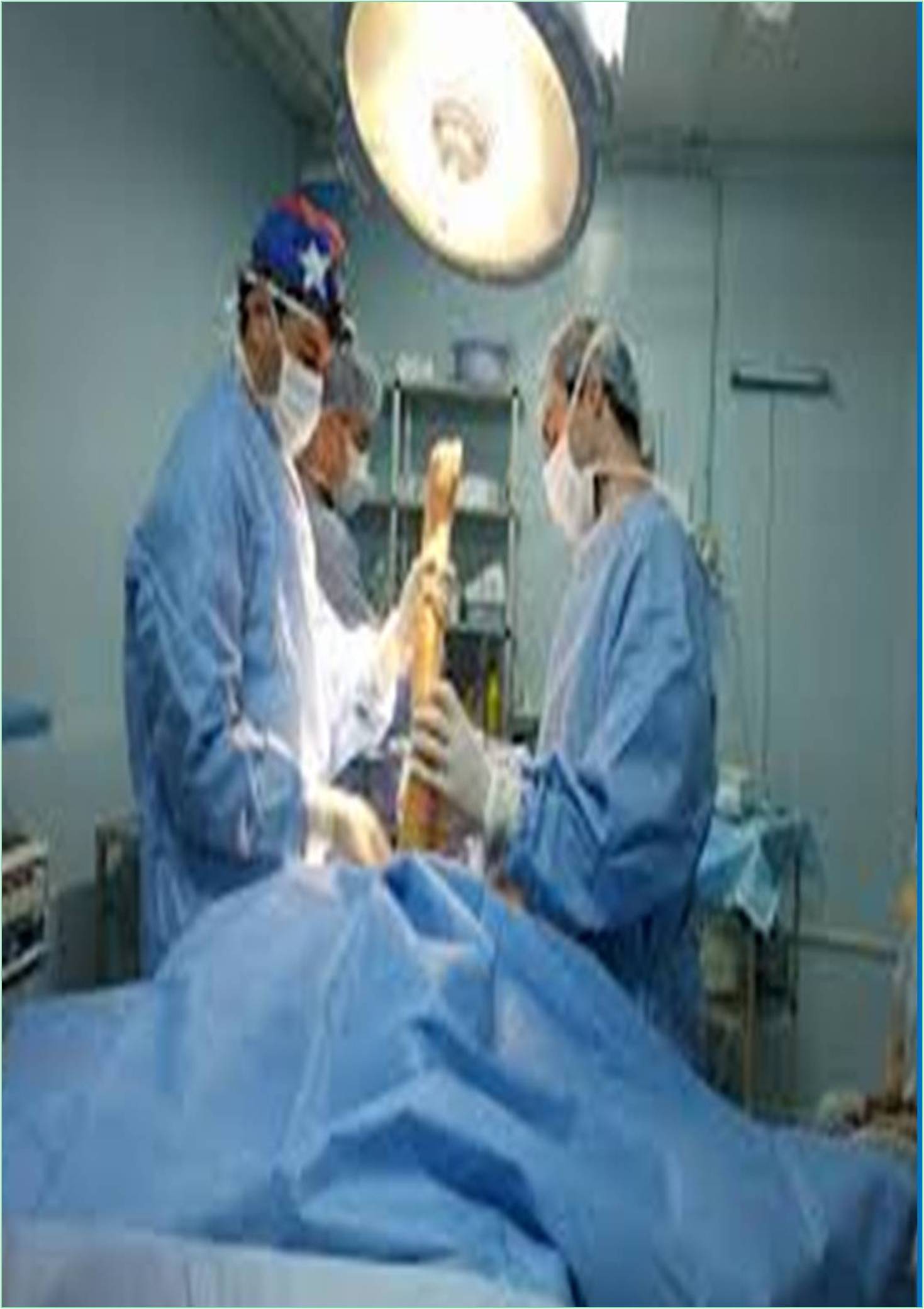



Received: 02-Aug-2022, Manuscript No. GJOPTP-22-73243; Editor assigned: 05-Aug-2022, Pre QC No. GJOPTP-22-73243(PQ); Reviewed: 19-Aug-2022, QC No. GJOPTP-22-73243; Revised: 26-Aug-2022, Manuscript No. GJOPTP-22-73243(R); Published: 02-Sep-2022, DOI: 10.15651/GJOPTP.22.9.009
Due to its advantages in creating parts with complicated geometries and shapes, additive manufacturing has developed as a different manufacturing approach to create implants with desired qualities in orthopedic. Being anisotropic in nature, the structure of human bones is biologically functionally graded, meaning that it has various properties in each direction. As a result, if functionally graded, numerous orthopedic implants including knee, hip and other bone plates can work better. In this context, the use of additive manufacturing has made it simpler to manufacture Functionally Graded (FG) parts for orthopedic use with customized anisotropic qualities of Additive Manufacturing (AM). The layer-bylayer manufacturing process known as Additive Manufacturing (AM) produces products in their final shapes with precise geometrical dimensions and little material waste. AM is currently utilized extensively for applications in the medical, automotive, aerospace and marine industries. Unlike traditional production, Additive Manufacturing (AM) offers the ability to create complicated shapes with minimal customization. This use makes it the ideal competitor in the medical industry, as speedy customization of implants and instruments is crucial for the majority of medical treatments. Recent improvements in AM have paved the way for the creation of tissues and organs that will end the donor scarcity. Aside from the aforementioned uses, additive manufacturing is also utilized to print precise models of the organs that will be the subject of preoperative surgical preparations. Due to this, the complexity and length of the surgery have decreased. As a result of the mechanical mismatch between the implant and the bone, which might result in implant failure, orthopedicians have a significant issue when it comes to stress shielding of implants. This problem happens with implants that are made traditionally since characteristics like porosity, strength and hardness cannot be patient-specific and can lead to implant resumption. Due to its ability to modify the mechanical and structural characteristics of the implant, which can change the stress concentration and prevent stress shielding and implant failure, additive manufacturing offers a superior solution to this issue. Inadequate torque applied to the screws and fixtures during the implantation might potentially result in implant failure.
Bone screws are the most often utilized fittings among those described for securing orthopedic implants and fractures. An estimated 11% of fracture difficulties that arise after inserting fixings are thought to be attributable to screw-related problems. The majority of the time, a stress shielding effect between the bone and the screw can result in excruciating discomfort and necessitates surgical intervention. By creating fixtures with an optimal structure that are patient-specific and aid in bone healing, AM has found a solution to this problem. However, bone growth may be hampered by the surface roughness of AM bone implants and fasteners, but biomechanical performance is improved. Aside from the scientific perspective, AM has demonstrated its cost-effectiveness. The cost of implants has decreased dramatically as a result of less expensive labor and tooling, proving that they are currently a feasible option for orthopedic application. The two most important characteristics of implant materials are biocompatibility and wear resistance. Biocompatibility is important when implants are to be used in a patient's body for an extended period of time. Since metals make up the majority of implant materials, determining their biocompatibility is crucial. Not every metal can be utilized for implants. When used in implants, titanium and its alloys, stainless steel, magnesium alloys, chromium and cobalt based alloys and other materials have demonstrated great biocompatibility. They consist of substances like stainless steel. Due to its capacity to create an oxide layer on its surface when exposed to an oxygen environment, such as the atmosphere and not only has exceptional biocompatibility but also excellent corrosion resistance.
The approach used to create several searching research databases. To put this study together, medical publications, reports and magazines were also consulted. Creating a conversation on how AM can support the development of FG orthopedic implants and presenting different material features. A thorough body of literature on the mechanical features of FG Implants created with AM. The idea of functionally grading materials entails adjusting each material's characteristics to fit a particular need. To achieve the necessary set of qualities for certain application areas, it is described as the gradual change in composition or structure across the volume. Natural objects like bones, seashell tissues and plants like bamboo contain traces of FGMs.
Due to its extraordinary formability and optimal stress profiles in comparison to conventional manufacturing procedures, researchers have discovered that AM is a better method of fabricating FGMs. With typical manufacturing procedures, it is impossible to manage the spatial and temporal aspects of features like microstructure. The design of the entire structure as well as the internal lattices is a component of structural modeling. Material selection comes after structural modeling. The slicer programme is used to change the FGAM parameters, including material density, pattern and temperature and layer thickness. In order to offer a better solution for a particular orthopedic implant or tool, a state of comparison is made between the different FGAM technologies for orthopedic implants. The numerous factors that can aid in achieving functionality in materials using additive manufacturing.